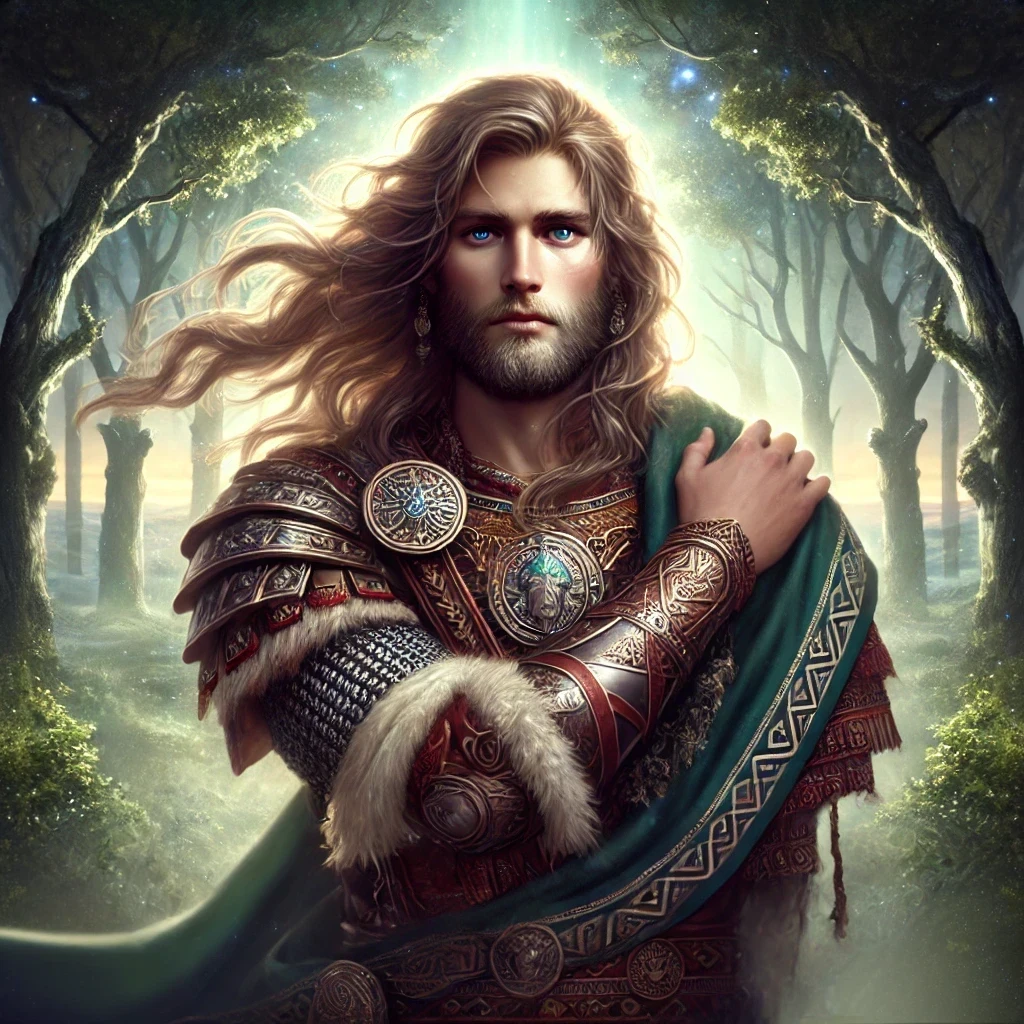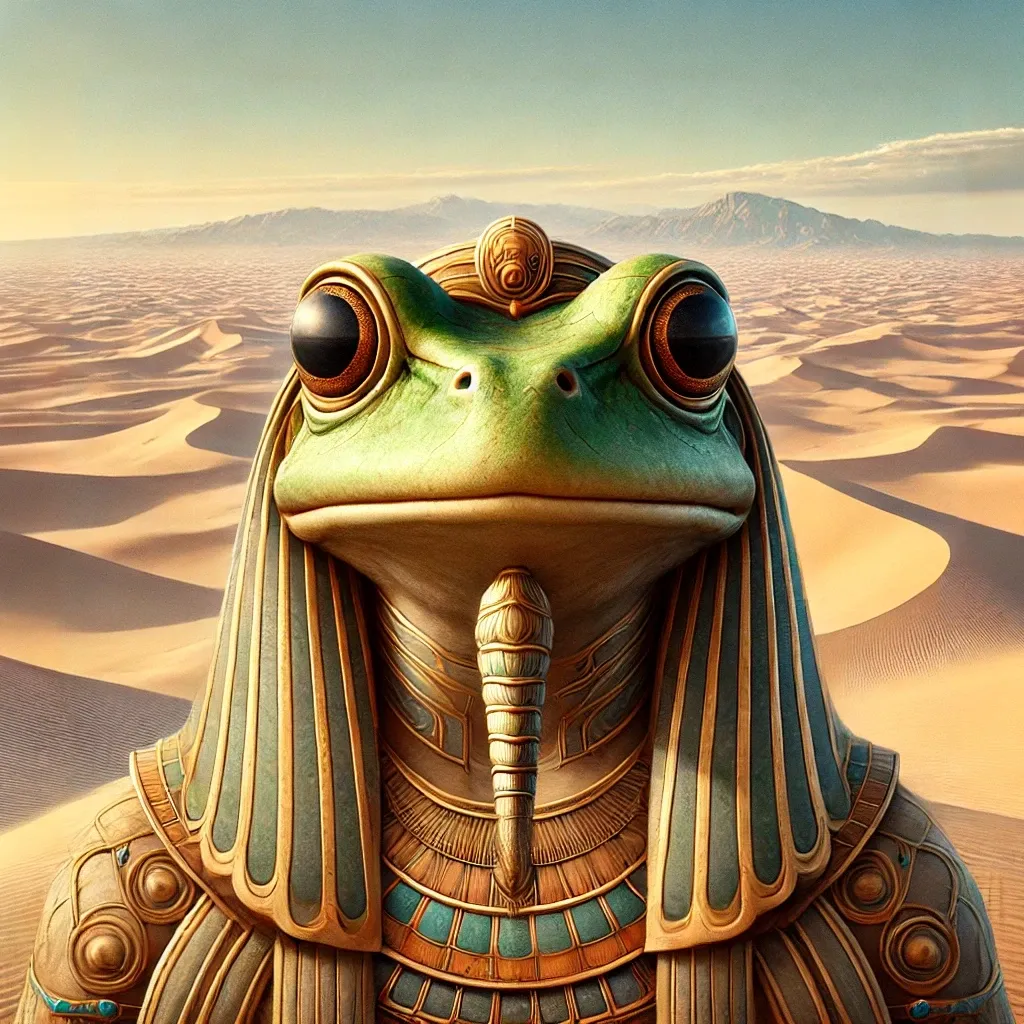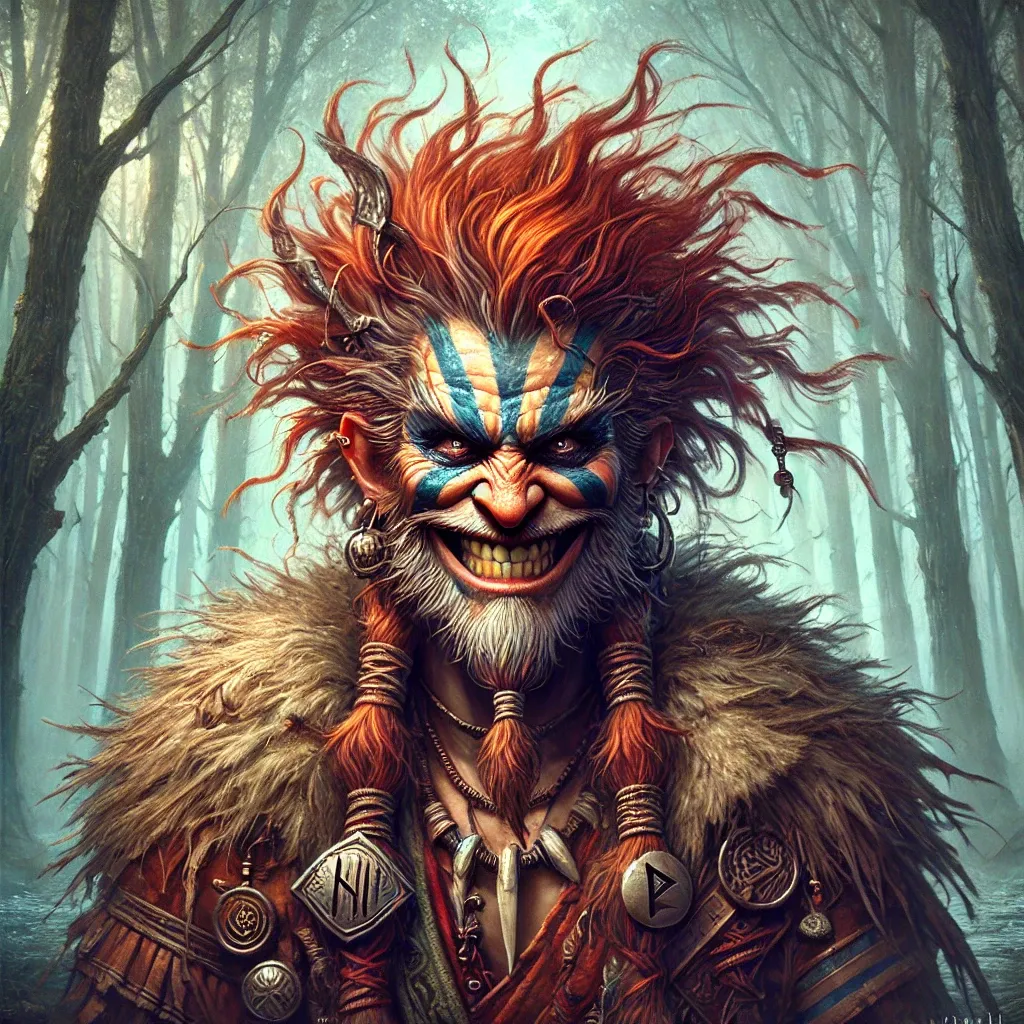Tyr, one of the prominent figures in ancient Germanic mythology, is a deity associated with justice, law, and heroic sacrifice. Known for his bravery and steadfastness, Tyr has been celebrated in myths that highlight his role as a guarantor of cosmic order and a symbol of courage. This article delves into the historical and cultural significance of Tyr, exploring his myths, symbols, rituals, and connections within the Norse pantheon.
Historical & Cultural Background
Tyr originates from the ancient Germanic pantheon, where he was revered as a god of law and war. His name is derived from the Proto-Germanic Tīwaz and is linguistically connected to the Proto-Indo-European root deywós, meaning “divine” or “god.” This etymology highlights Tyr’s early role as a prominent deity, perhaps even preceding Odin in importance.
The Role of Tyr in Different Eras
- Pre-Viking Era: Tyr’s prominence is believed to have peaked during the pre-Viking era, where he may have been a central figure of worship. Inscriptions and archaeological findings suggest that he was associated with the legal and moral order of ancient Germanic societies.
- Viking Age: During the Viking Age, Tyr’s role shifted as Odin and Thor became dominant figures in Norse mythology. However, he remained an important deity, particularly in contexts involving honor and war.
Myths & Legends
Tyr’s most famous myth is his act of sacrifice during the binding of Fenrir, the monstrous wolf prophesied to bring about Ragnarok. The gods, wary of Fenrir’s growing power, sought to bind him with a magical ribbon named Gleipnir. Suspecting treachery, Fenrir demanded that one of the gods place their hand in his mouth as a token of good faith. Tyr, understanding the necessity of the act, willingly offered his hand. When Fenrir realized he had been deceived, he bit off Tyr’s hand, a loss that became a symbol of Tyr’s unwavering commitment to justice and the greater good.
Other legends depict Tyr as a warrior and arbiter of disputes, reinforcing his reputation as a god of law and order.
Symbolism
Tyr embodies the principles of courage, sacrifice, and justice. His one-handedness serves as a powerful symbol of personal loss for the collective good. The following elements are central to Tyr’s symbolism:
- The Sword: A symbol of justice and martial prowess, the sword is often associated with Tyr.
- The Scale: Although not as prominent as the sword, scales symbolize his role as an arbiter of fairness.
- The Wolf: Representing his encounter with Fenrir, the wolf symbolizes chaos and the necessity of confronting it.
Associated Objects, Animals, or Plants
Sacred Objects
- Gleipnir: The magical ribbon used to bind Fenrir is closely tied to Tyr’s mythology. Though crafted by the dwarves, its use symbolizes Tyr’s role in maintaining cosmic order.
Sacred Animals
- Wolves: While Fenrir represents chaos, Tyr’s association with wolves highlights his bravery in confronting primal forces.
Sacred Plants
- Yew Tree: Known for its strength and resilience, the yew is sometimes linked to Tyr, symbolizing endurance and sacrifice.
Powers and Attributes
Tyr is characterized by several distinct attributes that set him apart within the Norse pantheon:
- Bravery: Tyr’s willingness to sacrifice his hand exemplifies his unparalleled courage.
- Justice: As a god of law and order, Tyr upholds the moral and legal structures of the cosmos.
- Martial Skill: Though not as celebrated as Thor or Odin in terms of combat, Tyr’s martial abilities are formidable, emphasizing strategic prowess over brute strength.
Worship Practices & Rituals
Devotion to Tyr was marked by rituals that emphasized justice, warfare, and sacrifice. While the details of his worship are not as well-documented as those of Odin or Thor, several key practices stand out:
- Oaths and Legal Proceedings: Tyr was invoked during legal disputes and the swearing of oaths, symbolizing the sanctity of agreements.
- Sacrifices: Ritual sacrifices, including animals, were offered to honor Tyr and seek his favor in battle.
- Tīwsdæg (Tuesday): The modern name for Tuesday is derived from Tyr’s name, reflecting his influence on daily life and culture.
Connections to Other Deities
Tyr’s relationships within the Norse pantheon highlight his role as a balancing force:
- Odin: While Odin represents wisdom and war, Tyr’s focus on justice and order complements Odin’s often enigmatic and strategic nature.
- Thor: Tyr shares a connection with Thor through their roles as protectors of the cosmos, albeit with differing approaches.
- Fenrir: Tyr’s connection to Fenrir underscores the tension between order and chaos within Norse mythology.
Interesting Facts & Curiosities
- Tyr’s name is the root of the word “Tuesday” in many Germanic languages.
- Despite his reduced prominence during the Viking Age, Tyr’s earlier status may have been equivalent to Zeus or Jupiter in other Indo-European traditions.
- Tyr’s one-handedness has become a universal symbol of sacrifice for justice.
- The rune Tiwaz, associated with Tyr, symbolizes victory and honor.
- In Roman interpretations, Tyr was equated with Mars, the god of war.
- Some scholars suggest that Tyr’s mythological decline mirrors societal shifts toward centralized kingship, represented by Odin.
- The “Binding of Fenrir” myth has inspired numerous artistic and literary works.
- Tyr’s role as a guarantor of oaths made him a crucial figure in legal contexts.
- Tyr’s mythology emphasizes the importance of individual sacrifice for the greater good, a theme resonating across cultures.



